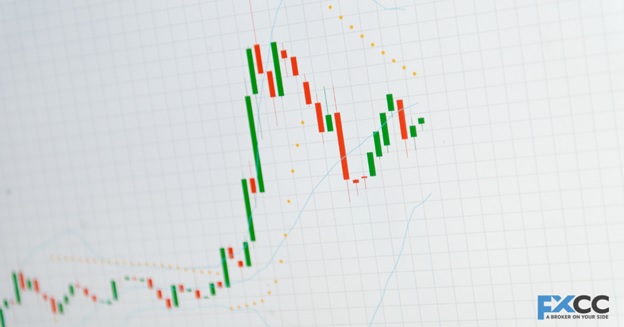Picture stepping onto a bustling dance floor on one side a group sways with the music’s rhythm, interpreting its flow to guide their movements. On the other hand, dancers meticulously follow rehearsed routines, relying on specific cues. This analogy perfectly mirrors the two primary styles in forex trading: price action and indicator-based trading.

Price Action: The Raw and Unfiltered Performance
Price action traders resemble improvisational dancers. They concentrate solely on price movements, analyzing candlestick patterns, support and resistance levels, and trendlines. It’s a visual interpretation of the market’s narrative, where price swings play the characters and formations shape the plot.
Pros of Price Action Trading:
Universality: Price action transcends all markets and timeframes, maintaining consistency regardless of the currency pair or chart interval.
Less Lag: Unlike indicators, which depend on past data calculations, price action reflects current market sentiment in real-time.
Develops Trading Intuition: By continually analyzing price behavior, traders refine their ability to anticipate future market moves.
Cons of Price Action Trading:
Steeper Learning Curve: Mastery of price action patterns and technical analysis demands time and dedication.
Subjectivity: Interpretations of price patterns may vary, leading to diverse trading decisions.
Information Overload: Sole focus on price action can overwhelm beginners navigating intricate chart formations.
Indicator-Based Trading: Following a Script
Indicator-based traders resemble those adhering to a predetermined choreography. They utilize technical indicators, mathematical formulas applied to price data, to generate signals for entry and exit points. Popular indicators include tools like the moving average, a gauge of price direction, the relative strength index, a measure of buying and selling pressure, and the MACD, which uses a combination of moving averages to identify potential trend reversals.
Pros of Indicator-Based Trading:
Simplicity: Indicators offer clear buy-sell signals, making them easier to understand and implement, particularly for beginners.
Customization: Many indicators are adjustable, enabling traders to tailor them to their risk tolerance and trading style.
Confirmation: Indicators can validate price action signals, reducing the subjectivity of trade decisions.
Cons of Indicator-Based Trading:
Lag: Indicators often lag behind price action, reacting to past data rather than predicting future movements.
False Signals: Indicators may generate false signals, especially during volatile markets or consolidation periods.
Over-reliance: Sole dependence on indicators can hinder traders from developing their understanding of price action.
The Perfect Blend: Discovering Your Trading Rhythm
There’s no one-size-fits-all approach. The ideal scenario is to find a trading style that aligns with your personality and risk tolerance. Here are some tips for selecting your dance partner:
Beginners: Indicator-based trading can offer a solid starting point due to its relative simplicity. However, grasping basic price action concepts remains beneficial.

Experienced Traders: Mastering price action allows for a deeper understanding of market psychology and potentially more profitable trades. Indicators can still serve as confirmation tools.
Risk-Averse Traders: Indicators highlighting overbought and oversold conditions can aid in identifying potential reversal points and managing risk.
Trend Followers: Moving averages and trend strength indicators can be valuable tools for identifying and capitalizing on trending markets.
Conclusion: Striking the Right Balance
In conclusion, both price action and indicator-based trading have their merits and drawbacks. Finding the right balance between the two approaches, tailored to your individual preferences and trading objectives, is key to success in navigating the dynamic forex markets. Whether you choose to dance to the rhythm of price action or follow the steps of indicators, remember to stay adaptable and continuously refine your trading strategy for optimal results.


